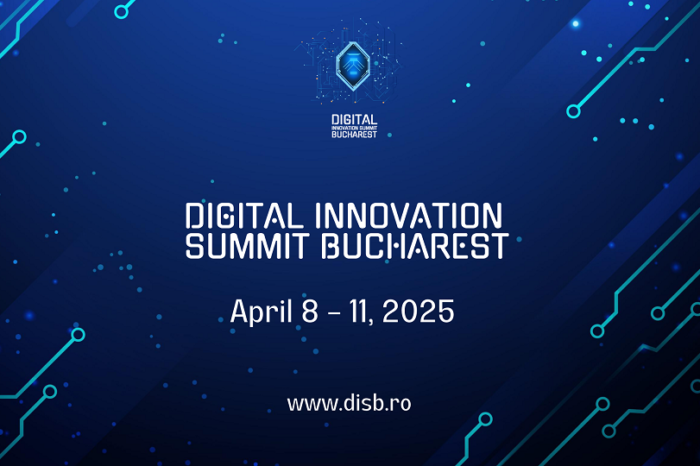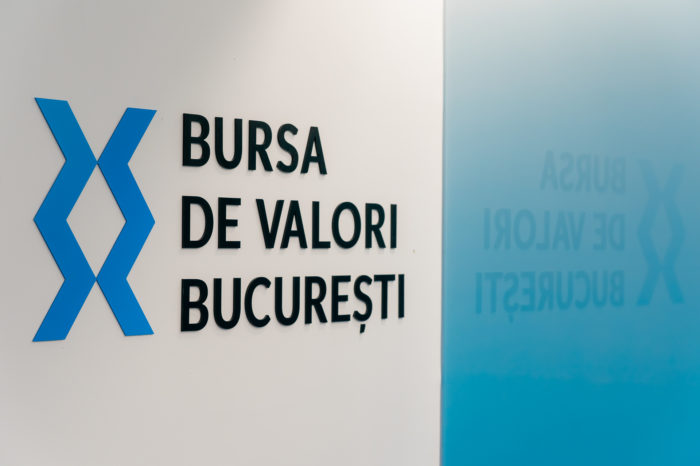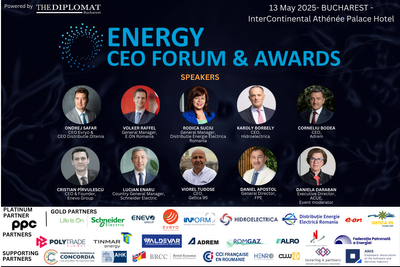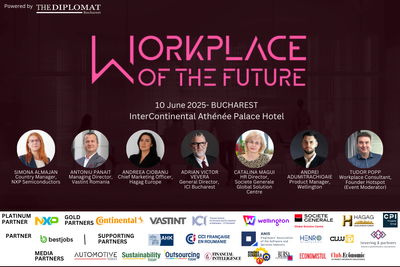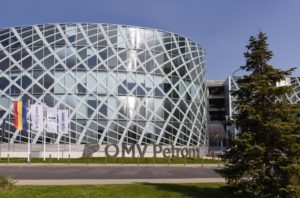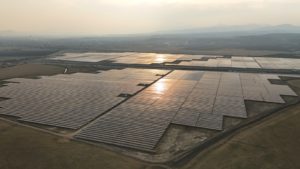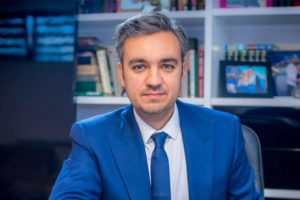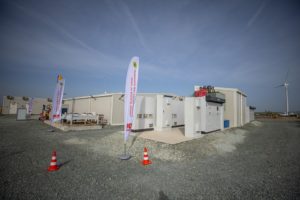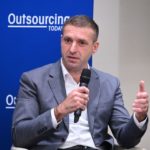Alexandru Cojocaru, Schneider Electric Romania: “We need a vision for traffic management and public transport”
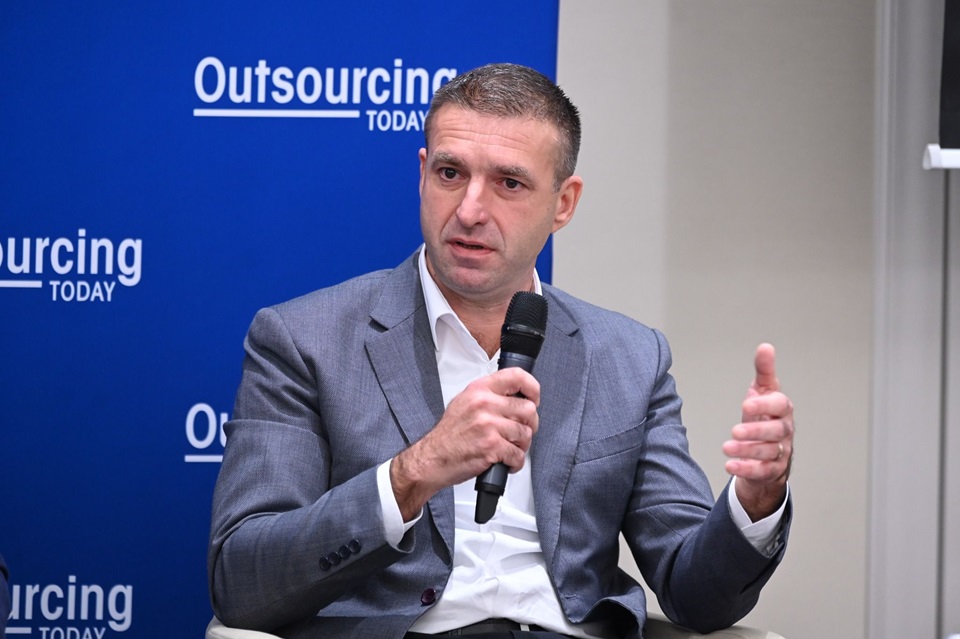
“We live in a reality that pushes us towards the need to make immediate changes. Traffic congestion can be reduced through a structured and systematized public transport based on a strategy and a vision, as is the case in many European capitals.
In other European cities I notice more and more electric vehicles for public transport. It is clear that this is the trend, there is no doubt. In Bucharest, we need a systematization of traffic, as well as electric vehicles for public transport. At the same time, green energy is needed for charging these vehicles, but also for the management of this energy.
We must have a vision with well-defined stages, with allocated budgets, optimal resources and skills. The increase in the quality of life is also achieved by replacing old cars with electric ones. At Schneider Electric, we set out to change the entire fleet by 2030,” Alexandru Cojocaru, Director of Services, Schneider Electric Romania said during Green Mobility Forum organized by The Diplomat-Bucharest and Automotive Today.
“In France, there are approximately 600 vehicles per 1,000 inhabitants, and in Romania, there are approximately 400, and despite this, the traffic in our country is much more congested. In the last 5 years, traffic in Romania has increased by 35%.
We need a vision, and at Schneider Electric we have the necessary solutions to implement such a vision. The first condition of a vision is to be shared by people, authorities and the private environment.
The paradigm in which we live today prevents us from taking a certain solution or a certain equipment from an imaginary magic box for a certain problem. Why? Because the vision I’m referring to interconnects needs from segments that, although close, have specific needs: decarbonization, energy efficiency, energy quality, energy management, predictive monitoring. All these needs imply the construction of a set of solutions to meet a set of needs.
The topics we are discussing today involve a complex approach to defining resources, competencies, budgets, planning, etc.”


